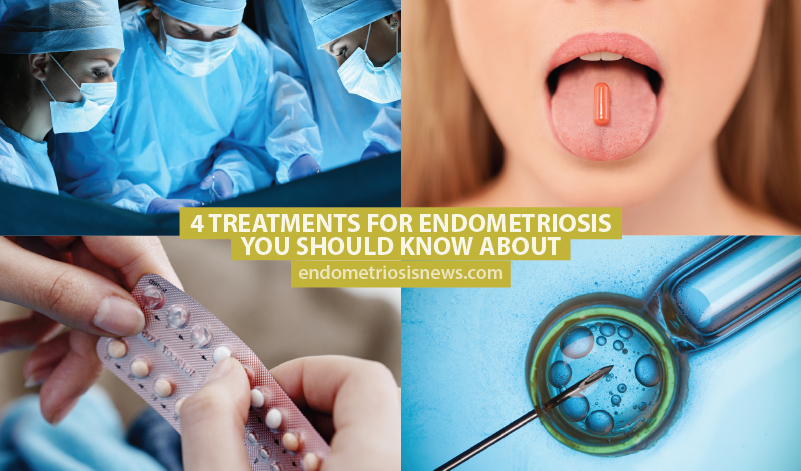Endometriosis is a disease that affects the female reproductive system due to the development of tissue that normally lines inside the uterus growing in other parts of the body.
According to the National Institutes of Health (NIH), it is one of the most common gynecological diseases, and its primary symptoms include pain and infertility.
Despite the fact that there is currently no cure for endometriosis, there are treatments that can help relive the symptoms.
In addition to pain and infertility, common symptoms of the disease include painful, even debilitating, menstrual cramps, which may get worse over time and cause pain during or after sex, pain in the intestine or lower abdomen, painful bowel movements or painful urination during menstrual periods, heavy menstrual periods, premenstrual spotting or bleeding between periods, painful bladder syndrome, digestive or gastrointestinal symptoms similar to a bowel disorder, as well as fatigue, tiredness, or lack of energy.
The treatments for endometriosis usually address either pain or infertility and depend on the patient’s age, severity of the symptoms, severity of the disease, and if a woman has had children yet or not.
1. Medication Treatment for Endometriosis

Pain medication is usually recommended for patients who have mild symptoms, and it ranges from over-the-counter pain relievers to strong prescription pain relievers.
There are two main types of pain killers used in patients with endometriosis — nonsteroidal anti-inflammatory drugs (NSAIDS) and opioids — which are strong pain drugs that interact directly with the nervous system.
However, the NIH emphasizes that “evidence on the effectiveness of these medications for relieving endometriosis-associated pain is limited. Understanding which drugs relieve pain associated with endometriosis could also shed light on how endometriosis causes pain.“

